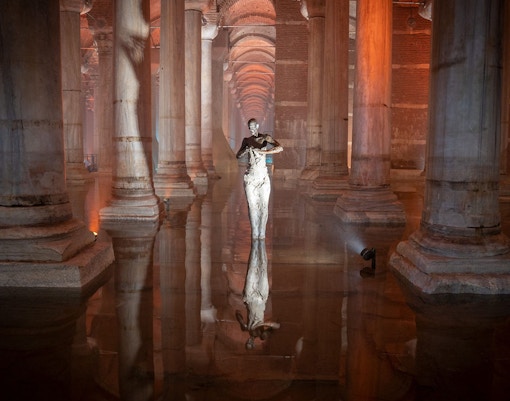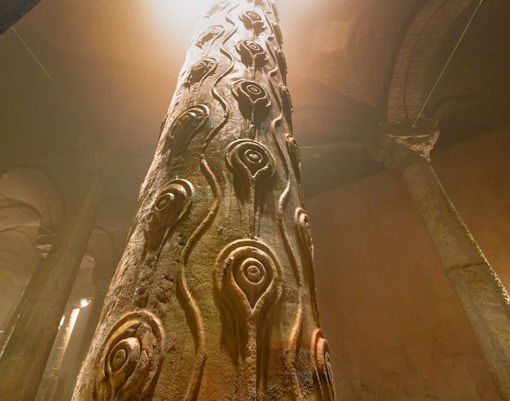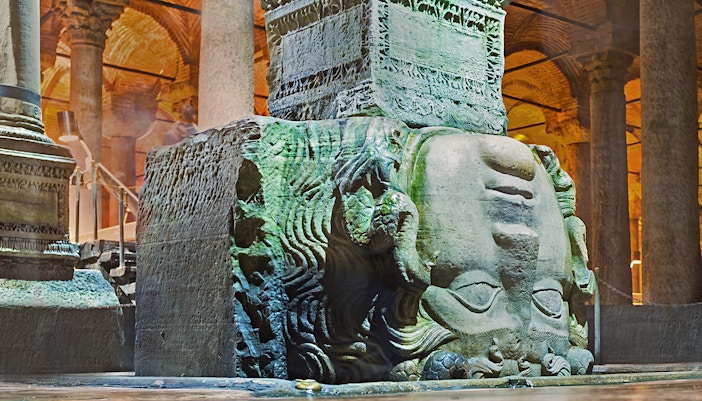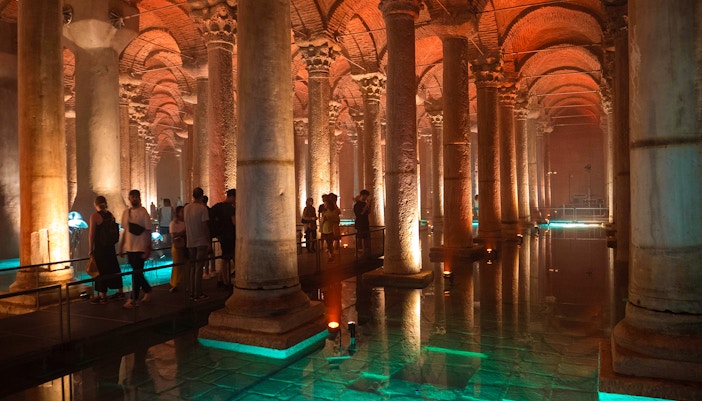Built in the 6th century under Emperor Justinian I, the Basilica Cistern employed 7,000 workers and supplied water to Constantinople's Great Palace. Istanbul’s largest cistern, it spans nearly 10,000 square meters and holds 80,000 cubic meters of water.
Interesting facts about the Basilica Cistern

Basilica Cistern is ancient engineering marvel

It was a water reservoir

It has a connection to several Hollywood movies










